
The annual Eisteddfod is a time of reflection on a unique cultural heritage that has seen continuity despite integration into American life. However, this festival would be meaningless if not for the people that have continued this tradition and have annually kept their historical background alive. It is important to reflect on the Welsh immigrants and successors who have allowed this unique festival to continue and their historical memory to survive.
Since its foundation, Eisteddfod has been a profound method for keeping Welsh cultural identity alive. Eisteddfod’s beginning harkens back to the medieval period and the first festivals were gatherings of various poets, bards, and musicians. Although the tradition fell out of favor a few centuries later, at the end of the 18th century, Welsh culture began to experience a revival. Indeed, even when Welsh migrants flocked to Blue Earth County in the middle of the 19th century, Eisteddfod and various Welsh hymns in the local churches allowed Welsh culture to survive. This phenomenon is particularly remarkable given that many of the descendants of the Welsh immigrants have integrated into American life and few are able to speak welsh anymore. Indeed, the annual poems and crowd-drawing celebrations in the small town of Cambria attest to the influence Welsh culture has in Blue Earth County. The rich tradition of the Eisteddfod in Blue Earth County is exemplified by the 1904 annual gathering held in Mankato at the opera house. Prof. John H. Williams of Milwaukee was invited as the adjudicator of the music.
Activities have differed from year to year. Events such as wine tasting, fancy cake auctions, food, and fireworks are but a few of the different activities that have taken place. Despite these various events, Welsh poetry has always been an integral part of Eisteddfods.
Written by a BECHS Volunteer


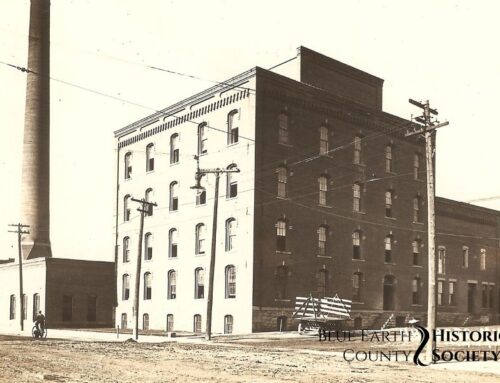
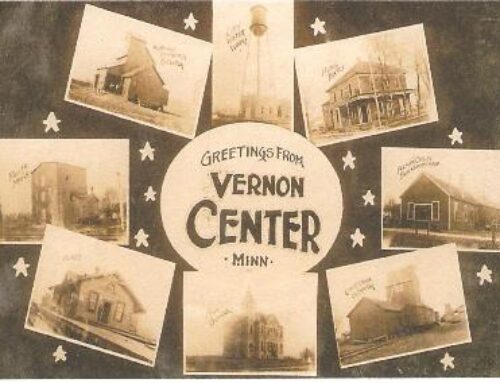
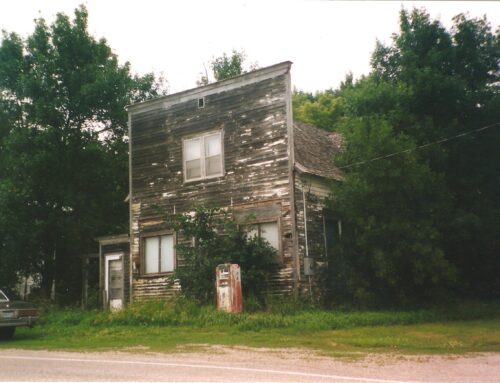
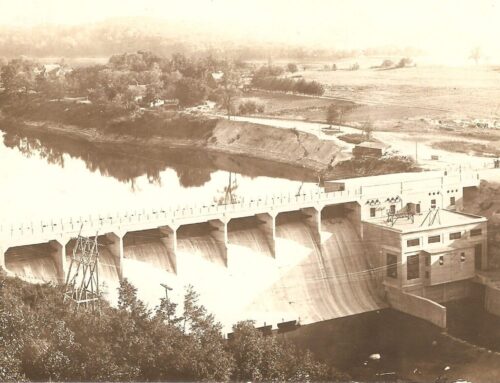
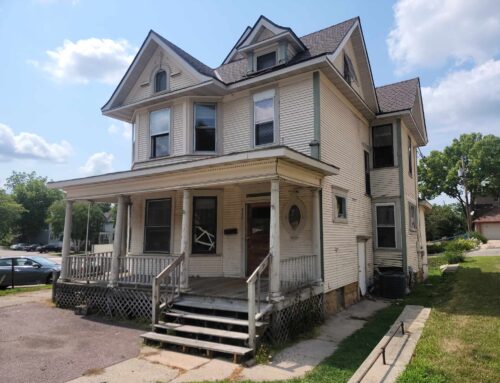
Thanks for this article, Heather! Will you will do a follow-up to highlight the Gymanfa Ganu. The Welsh words translate as “assembly to sing”, and that’s what we do! Members of the Welsh group of Blue Earth County (including Dr. Ellis Jones in St. Peter) and the Minnesota St. David’s Society (based in The Cities) are good resources for you. Although several Welsh families from the Cambria/Butternut area migrated to Lyon County (just west of Tracy), I don’t recall that they were numerous enough, in my childhood years, to hold their own Gymanfa “Out West”. Most journeyed back to BEC for the sings.
Have received my 1st COVID vaccine injection! I’m scheduled for the 2nd about Valentine’s Day. Then, I will feel better about going “out into the world”. Yeah!
All of you– take good care of yourselves. We will get through this… and I’ll be able to come to Minnesota for a visit — September?!? Cheerios, NancyC
Many thanks for drawing attention to the Eisteddfod, Welsh settlers in the Cambria-Lake Crystal area continued that tradition in a modified way when they settled in this area. Each June in one of the Welsh churches would be the “June Meeting” patterned on the Eisteddfod in Wales. During the spring a committee of representatives from the Welsh Cambria-Lake Crystal churches would meet to plan the program of competition in singing and reciting scripture. Then on the appointed day folks from all over the area would gather to hear the youngsters compete by age groups to sing selected songs or recite selected bible verses or hear compositions on a religious topic. Monetary prizes were given like 25cents for the winner 15 cents to the second place person, and 10 cents to all the others competing. That money provided incentive and some money for the 4th of July celebration coming up the next month. In the Blue Earth County records should be a collection of June meeting programs which I gave to the Society a number of years ago.
On a personal note, when I was growing up in the Cambria area, I regularly competed particularly in the singing sections When I was 16 I won the first prize for singing Jesus Lover of My Soul soprano solo. My voice was still pure as I was approaching a voice change within 6 weeks after the June meeting